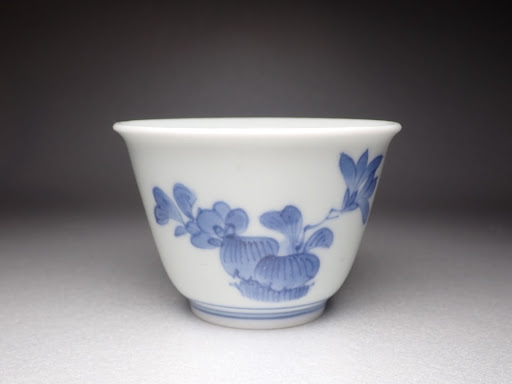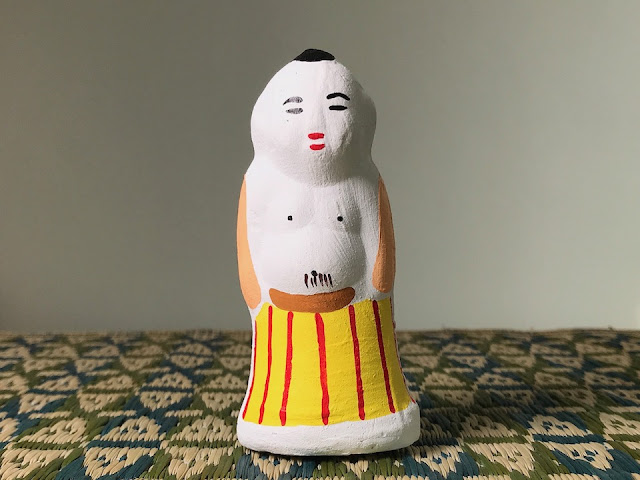エルムウッドの蛍石と閃亜鉛鉱 Fluorite and Sphalerite from Elmwood

Elmwood Mine, Carthage, Smith County, Tennessee, USA (アメリカ合衆国テネシー州 エルムウッド鉱山) Size: 67 x 56 x 55 mm, Weight: 228 g 微妙に赤みがかった黒褐色の閃亜鉛鉱の塊の上に薄紫の蛍石の立方体結晶が多数くっつく。苦灰石をともなう。蛍石の色は一様でなく、辺縁部がより紫色がつよい。単純な立方体ではなく、表面がでこぼこしている。こういうのを成長丘というのかどうかよく知らないが、一度結晶成長が止まったあと、表面に小さな立方体があとからくっついたのかもしれない。あんこに寒天をまぶした和菓子のようだ。 Pale purple fluorite cubes crystalize onto slightly reddish dark-brown sphalerite together with dolomite. The purple color of fluorite is stronger near the edge. It looks that small cubes grow from the cubic crystal. This specimen looks similar to a Japanese cake of anko (sweet bean paste) sprinkled with agar jelly cubes. 蛍石の上に閃亜鉛鉱が結晶しているようにみえる部分もある。 There is a part where sphalerite crystalizes on fluorite. エルムウッド鉱山は 1969 年に発見された。いわゆるミシシッピ・バレー型の鉛・亜鉛鉱床に分類されるが、ここは閃亜鉛鉱が主たる鉱石で、鉛はあまり伴わない。鉱物標本としてはここに示したような蛍石の他に、フットボール大の巨大な方解石の双晶が有名である。 The Elmwood mine, found in 1969, mainly produces sphalerite from Mississippi-valley type ore deposits, and also great mineral specimens such a...



